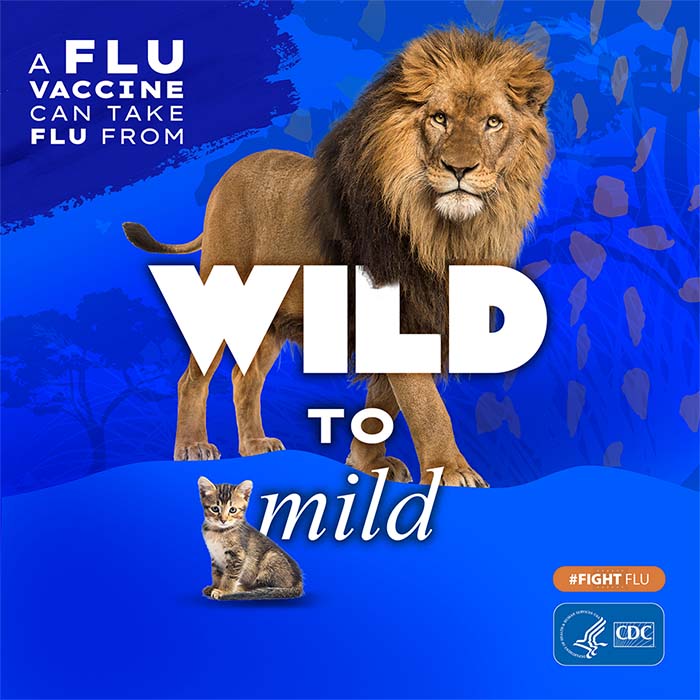CDC Confirms Typical Human Influenza A H3N2 Virus in Maryland Cluster
March 16, 2012 — CDC has confirmed that the influenza viruses isolated from the cluster of severe respiratory illness in one family in Maryland are seasonal influenza A H3N2 viruses. Genetic sequencing has confirmed that this is a typical human seasonal H3N2 virus that is more than 99% similar to other H3N2 influenza viruses submitted by the state of Maryland this season. While full antigenic testing is pending, based on genetic sequencing of some of the samples, these viruses are close to the H3N2 component of the 2011-2012 seasonal vaccine such that vaccination should offer protection against these viruses. Testing on the Methicillin-resistant staphylococcus aureus, (MRSA) isolates is ongoing, but preliminary results indicate that some of the MRSA isolates from Maryland are pulsed-field types USA300. Strains from the USA300 MRSA pulsed-field type can cause community MRSA infections including outbreaks of skin infections.
In early March 2012, Maryland reported a cluster of severe respiratory illness in four adults in the same immediate family. Three of the four family members died. The state of Maryland reported that all four people were confirmed to be positive for seasonal influenza A (H3N2) infection by the state Laboratories Administration. MRSA bacterial co-infections are reported to have occurred in at least two of the four patients. More information about the cases in Maryland is available.
Bacterial infections can occur as co-infections with influenza or occur after influenza infection. Staphylococcus aureus (staph) is one such bacterial co-infection. Concurrent infection (co-infection) with staph – which is what seems to have occurred in the cluster in Maryland – is a potentially catastrophic complication of influenza that can progress rapidly to serious illness and death.
No formal surveillance is conducted for influenza with bacterial co-infections, however, these are well documented in the literature going back to the 1918 influenza pandemic. While not common, these co-infections have been reported in both children and adults.
The best way to prevent influenza and its complications is an annual influenza vaccine. The United States is experiencing a late influenza season. Activity has only recently begun to increase and may continue for some time. This week’s FluView is reporting 15 states with widespread influenza activity and 5 states with high influenza-like-illness activity. Nationally, the percent of respiratory specimens testing positive for flu is 23 percent. People who have not gotten vaccinated yet this season should get vaccinated now.
More information about influenza is available at the CDC Seasonal Flu website.
More information about MRSA is available at Methicillin-resistant Staphylococcus Aureus (MRSA) Infections.
